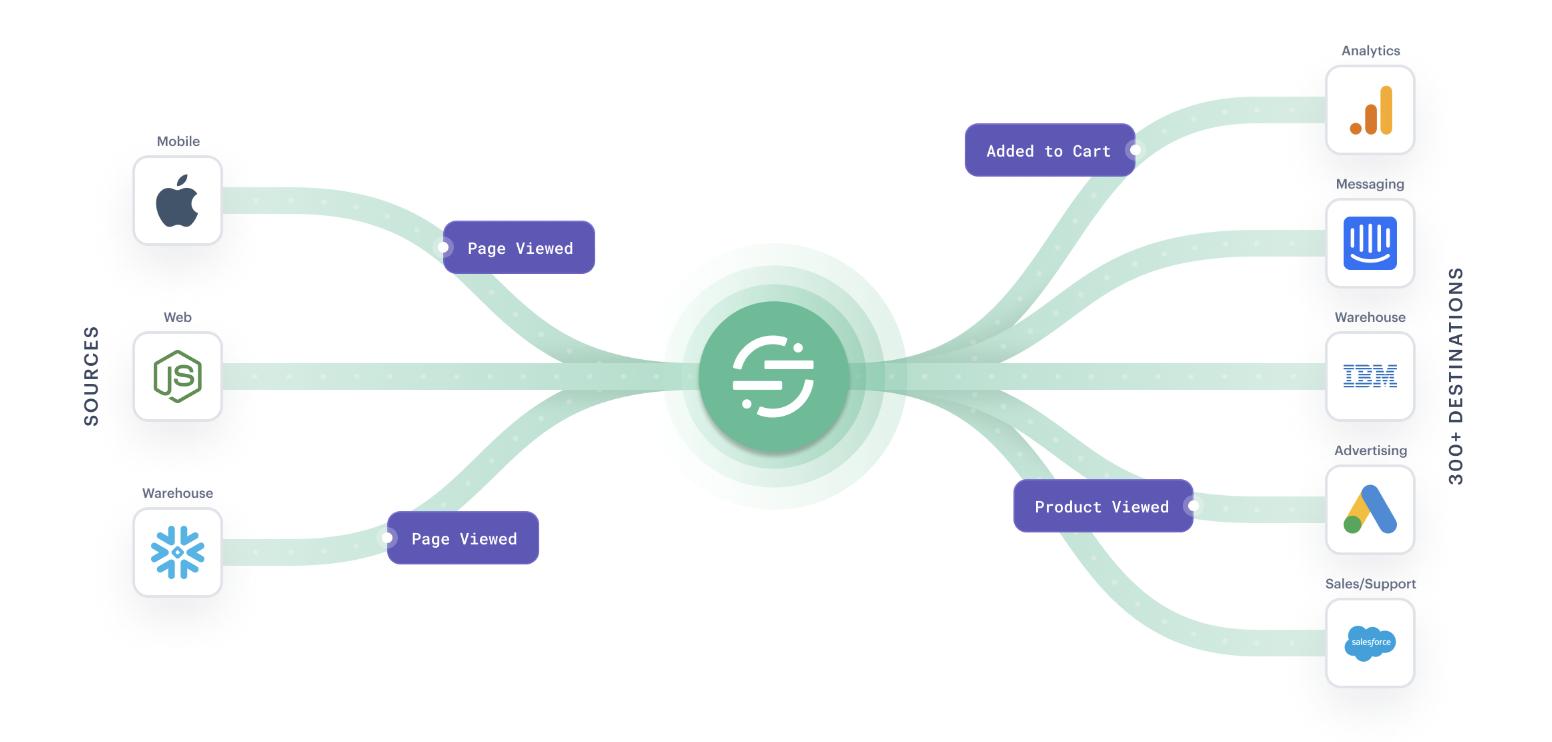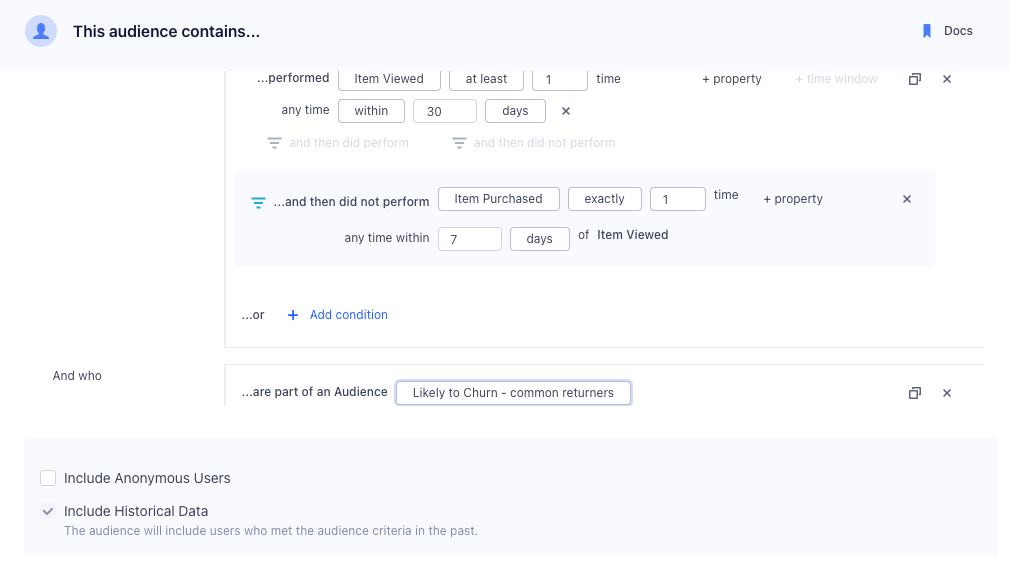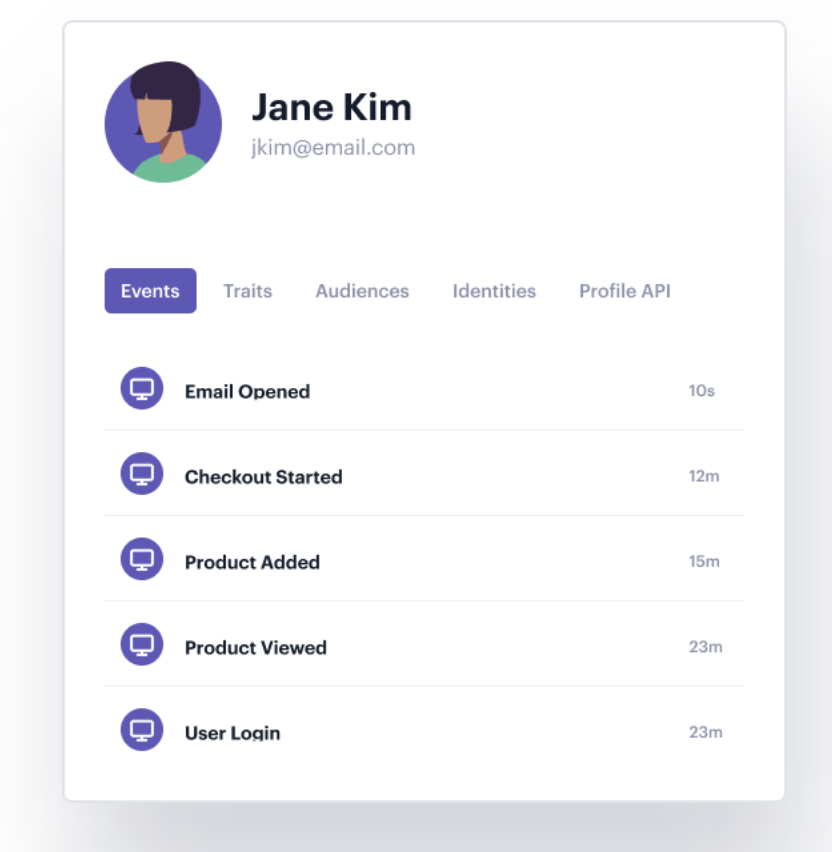How to Build an Omnichannel Marketing Strategy
How to build an effective omnichannel marketing strategy.
How to build an effective omnichannel marketing strategy.
Every customer interaction, no matter the device or channel it takes place on, provides key insight for businesses: that is, the context needed to deliver a continuous and personalized experience. Or in other words, an omnichannel experience.
Omnichannel and multichannel marketing are often confused with one another, but it’s important to point out a key difference. In a multichannel marketing strategy, a business utilizes multiple channels to connect with its customers, but these channels aren’t automatically connected (e.g., an interaction between a user and customer support agent could be unbeknownst to a product manager).
Omnichannel marketing, however, hinges on a single customer view to provide a unified experience across channels (whether it be in-store, online, email, social media, etc.). As a result, an omnichannel marketing strategy depends on having the right tools and data infrastructure to not only gain this consolidated view of a customer, but to engage with users in real time.
There are several tools available to collect, manage, and analyze the data you need to deliver omnichannel experiences. Whether it's to personalize the customer experience, optimize your messaging, or employ automation to streamline marketing efforts, each tool plays an important role.
First-party data is information you collect directly from your customers. We believe this data is the most valuable, not only for its accuracy, but because it speaks to your unique customer relationship. Not to mention, first-party data will help future-proof your business strategies as third-party cookies continue to be phased out.
There are a few different ways to collect first-party data, like with on-site forms (where people can enter email addresses, create an account, etc.), quizzes (e.g., customer satisfaction surveys, onboarding surveys), or from tracking behavior like clicks and page views on your website or app.
With a customer data platform, you can consolidate data from users’ behavior on-site or in-app, along with the data collected in your various marketing, customer support, sales, or product marketing tools.

A key element of omnichannel marketing is personalization: or ensuring the right message reaches the right person, at the right time. This is where customer segmentation comes into play, when you divide your audience into different segments based on shared behaviors or characteristics. This allows you to customize marketing communications, and deliver best-in-class experiences.
For example, you can tailor email campaigns based on someone’s recently viewed products or the industry they work in. Or, for premium members, you can ensure customer support prioritizes their request (as specified in your SLA).
Many tools have customer segmentation capabilities built in (like in various email marketing platforms). But with a solution like Twilio Engage, you can go a step further, creating highly nuanced audience segments based on a person’s entire history with your brand.

An example of creating a specific audience, based on user behavior, in Twilio Engage.
Email is a highly popular marketing channel that allows businesses to strengthen their customer relationships in a “one-on-one” format. Email marketing can also help automate customer interactions based on behavior that takes place on different channels (e.g., triggering a cart abandonment email).
You can try a variety of different tactics with email, like:
Tailoring newsletter content based on customers’ shown interests
Offering a discount for products they’ve viewed recently
Re-engaging users who’ve tapered off in recent weeks
A tool like Twilio Sendgrid can help scale your email marketing strategy, and monitor the performance of each campaign.
Live chat has become increasingly popular among customers, especially when it comes to engaging with a brand (42% of consumers said live chat was their preferred communication channel, when compared to email or social media). It’s also become a staple of customer support, helping to prioritize incoming requests and solve problems at a faster rate.
Live chat and support tools are crucial resources for businesses to better understand their customers, their needs, and how to improve their experiences. Tools like Zendesk and Twilio Flex help businesses manage incoming requests and scale support.
Once you have the right tools in place, follow these best practices to craft a winning omnichannel marketing strategy.
Omnichannel depends on having a holistic, real-time view of your customer and their behavior across channels. This means data consolidation is an absolute must for businesses. With a customer data platform, businesses can automate data consolidation and cleanliness at scale, to ensure one source of truth exists across the organization.

An example of a unified customer profile in Twilio Segment, which updates in real time and shows a person’s behavior from across channels.
As we said before, customer segmentation is a critical step when trying to personalize an experience. Should you be promoting paid ads to existing customers? No, that’s inefficient and a waste of ad spend. Do you want to offer a discount to a customer who’s engagement rates have been on a decline? Yes, it’s a great way to hopefully bring them back to your business.
It’s important to segment customers based on what channels they use and prioritize. Once you know the medium, you can adjust the message, and ensure you’re not wasting time and money on channels your customers don’t frequent. Here’s how to automatically message a person on their preferred channel.
Today's consumer researches, browses, and shops on a variety of channels. Part of providing a successful omnichannel strategy is reaching your audience at all these touchpoints with a customized message. One example of this is making your website mobile-friendly, to ensure content doesn’t alienate a person browsing on their smartphone.
Another is adapting your copy depending on the medium: for Instagram, it might be all about the visual, whereas LinkedIn might provide more of an opportunity to tell a story via text.
Built on top of a customer data platform, Twilio Engage is a customer engagement solution that pairs unified customer profiles with communications APIs and hundreds of integrations. This empowers businesses with the ability to understand a user's complete customer journey and interact with them on their preferred channels in a personalized way.
Connect with a Segment expert who can share more about what Segment can do for you.
We'll get back to you shortly. For now, you can create your workspace by clicking below.
Omnichannel marketing hinges on a business’s ability to provide a continuous and personalized customer experience across channels. This requires a scalable data infrastructure that’s able to collect, consolidate, and clean data in real time, and create unified customer profiles that show a person's (or account’s) behavioral history. On top of that, everyone within an organization needs to be able to access and act on this customer data, to avoid blindspots between teams.
Omnichannel marketing helps businesses increase brand visibility, customer engagement across channels, and retention rates. Omnichannel marketing provides a more seamless customer experience, which in turn leads to higher ROI and customer satisfaction.
Not to mention, customers have come to expect an omnichannel experience from every brand they interact with, and will often move on to a competitor if a business can’t deliver.
Social media, email, SMS, websites, blog pages, and paid ads are just a few examples of channels that businesses should incorporate into their omnichannel strategy.
Twilio Engage is able to clean and consolidate customer data at scale. It can create unified profiles to achieve a single view of the customer, and leverage data to create highly specific audience segments. With hundreds of integrations and communications APIs, Engage can then activate this data in the channel that customers’ prefer.